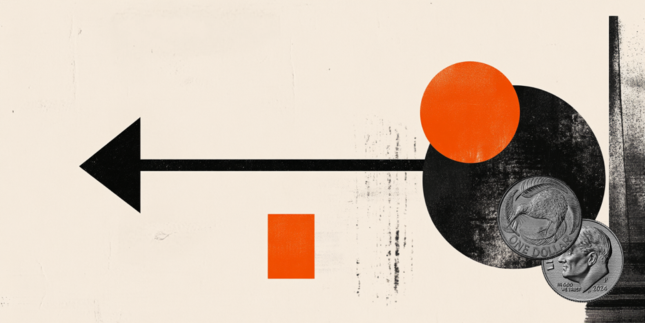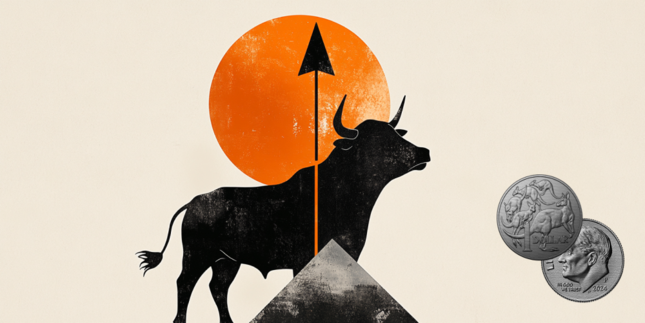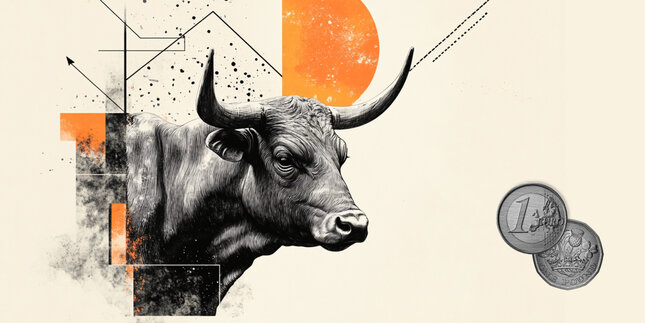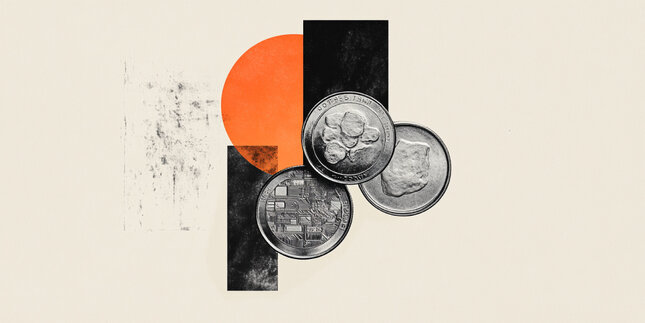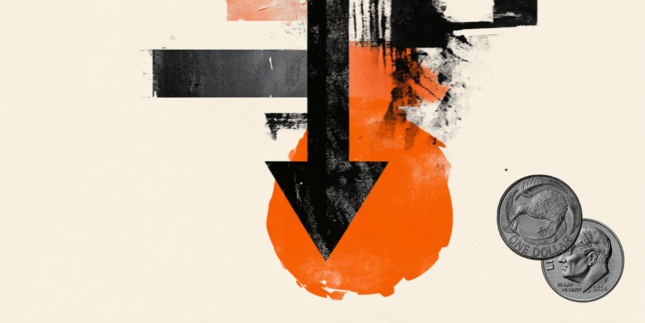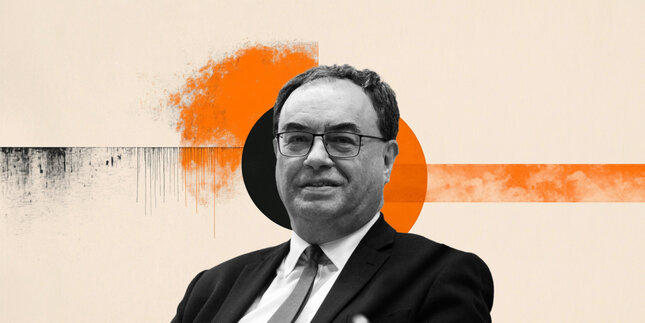GBP/JPY falls below 190.50 as traders expect BoE to deliver an interest rate cut
- GBP/JPY extends its losses due to rising expectations of the BoE delivering a 25 basis points rate cut on Thursday.
- The BoE’s MPC is expected to vote 8-1 in favor of a quarter-point rate cut, bringing the rate down to 4.5%.
- The robust wage and services data in Japan has bolstered hawkish sentiment surrounding the BoJ’s rate hikes.
GBP/JPY continues to lose ground for the second consecutive day, trading around 190.40 during the early European hours on Thursday. The GBP/JPY cross struggles as the Pound Sterling (GBP) faces downward pressure amid expectations that the Bank of England (BoE) will resume its policy-easing cycle, likely lowering interest rates by 25 basis points (bps) to 4.5% at its policy meeting later in the day.
The BoE’s Monetary Policy Committee (MPC) is anticipated to vote 8-1 in favor of a quarter-point rate cut to 4.5%, with MPC member Catherine Mann, who has been an outspoken hawk, is expected to support keeping interest rates steady at 4.75%.
The inflationary pressures in the United Kingdom (UK) decelerated at a faster-than-expected pace in December. Inflation in the services sector – which is closely tracked by BoE officials – grew at a moderate pace of 4.4%, compared to 5% growth in November.
The Japanese Yen (JPY) strengthens against its peers as robust wage and services data fuel expectations of a more hawkish Bank of Japan (BoJ). Data showed that real wages in Japan increased for the second straight month in December, while nominal wage growth reached its highest level in nearly three decades.
Japan's Finance Minister, Katsunobu Kato, told parliament on Thursday that deflation has not yet ended. Kato also noted ongoing inflationary conditions as prices continue to rise.
Société Générale's FX analysts noted that the Japanese Yen is outperforming, while 10-year JGB yields have risen to nearly 1.30%, the highest level since April 2011. However, with the BoJ policy rate expected to peak around 1.00% over the next two years, the upside for both JPY and JGB yields remains limited.
BoE FAQs
The Bank of England (BoE) decides monetary policy for the United Kingdom. Its primary goal is to achieve ‘price stability’, or a steady inflation rate of 2%. Its tool for achieving this is via the adjustment of base lending rates. The BoE sets the rate at which it lends to commercial banks and banks lend to each other, determining the level of interest rates in the economy overall. This also impacts the value of the Pound Sterling (GBP).
When inflation is above the Bank of England’s target it responds by raising interest rates, making it more expensive for people and businesses to access credit. This is positive for the Pound Sterling because higher interest rates make the UK a more attractive place for global investors to park their money. When inflation falls below target, it is a sign economic growth is slowing, and the BoE will consider lowering interest rates to cheapen credit in the hope businesses will borrow to invest in growth-generating projects – a negative for the Pound Sterling.
In extreme situations, the Bank of England can enact a policy called Quantitative Easing (QE). QE is the process by which the BoE substantially increases the flow of credit in a stuck financial system. QE is a last resort policy when lowering interest rates will not achieve the necessary result. The process of QE involves the BoE printing money to buy assets – usually government or AAA-rated corporate bonds – from banks and other financial institutions. QE usually results in a weaker Pound Sterling.
Quantitative tightening (QT) is the reverse of QE, enacted when the economy is strengthening and inflation starts rising. Whilst in QE the Bank of England (BoE) purchases government and corporate bonds from financial institutions to encourage them to lend; in QT, the BoE stops buying more bonds, and stops reinvesting the principal maturing on the bonds it already holds. It is usually positive for the Pound Sterling.
Forex News
Keep up with the financial markets, know what's happening and what is affecting the markets with our latest market updates. Analyze market movers, trends and build your trading strategies accordingly.


